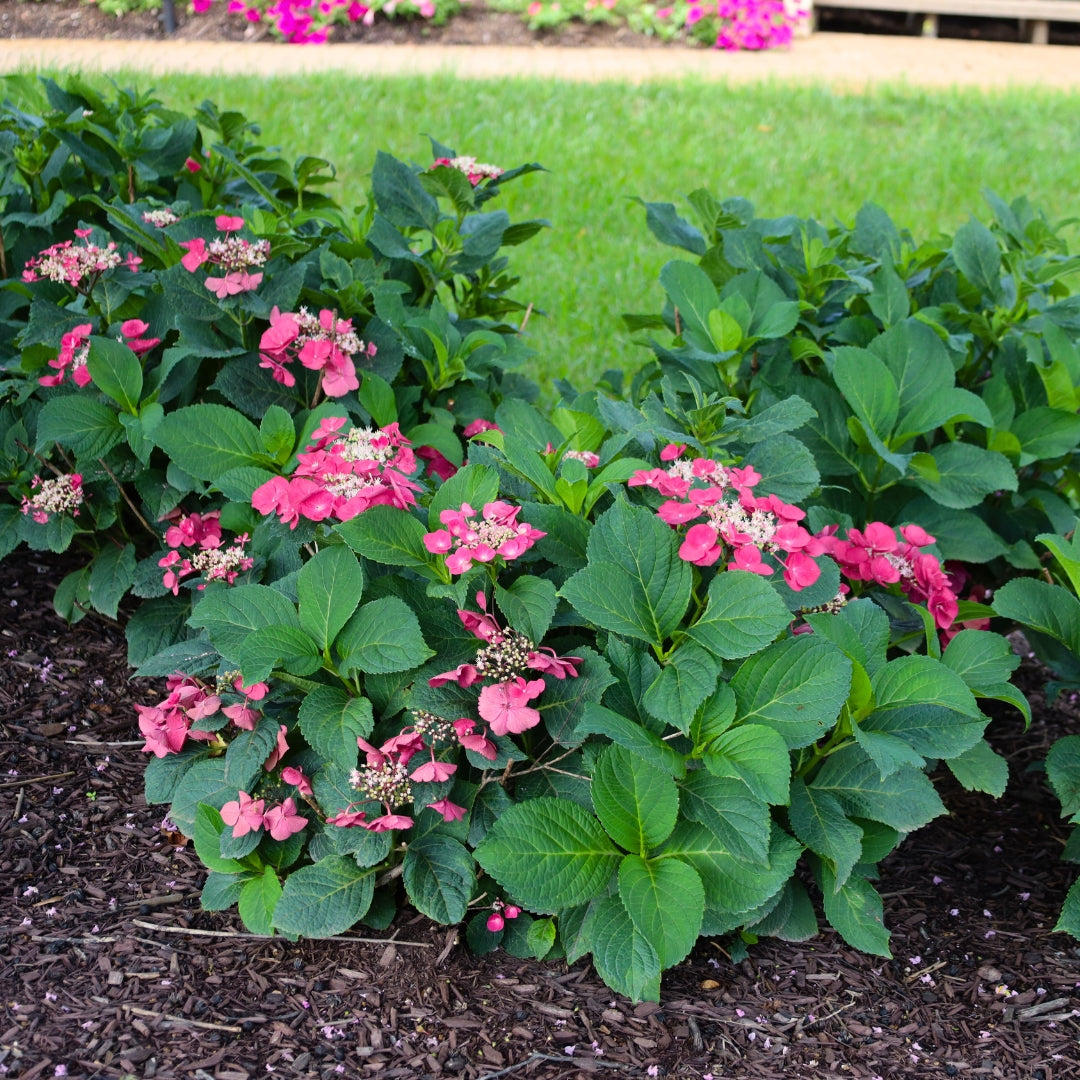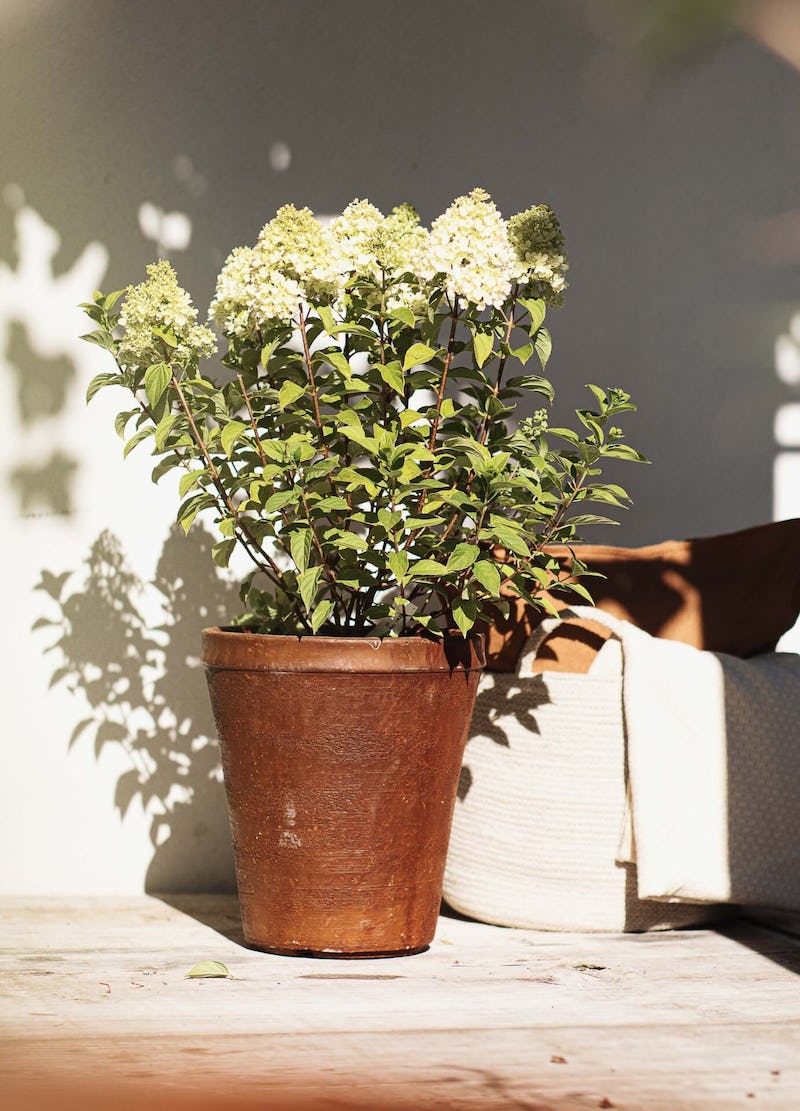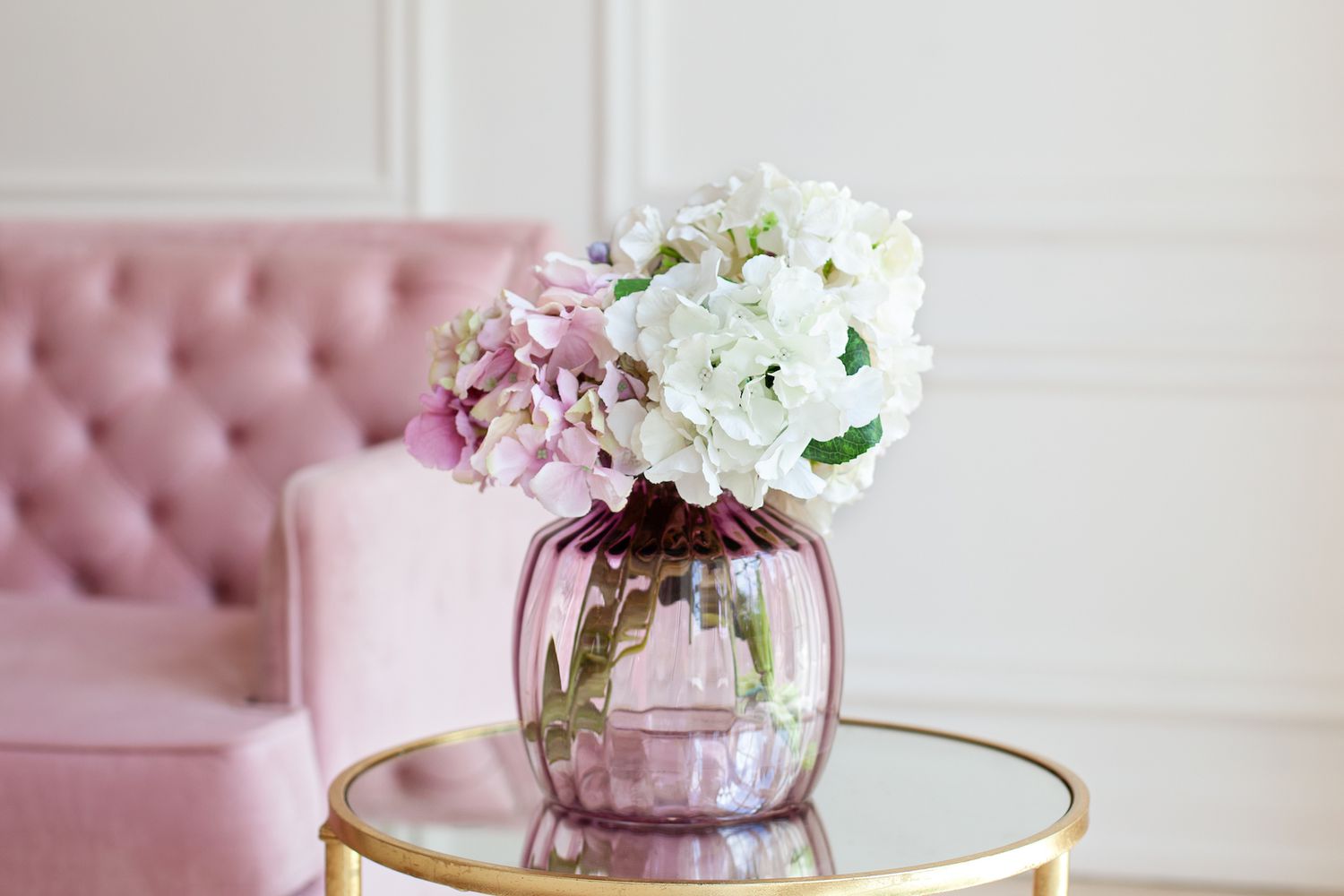Hydrangeas are beautiful, flowering shrubs beloved by gardeners for their spectacular blooms and easy maintenance. However, when winter rolls around, potted hydrangeas require a little extra care to ensure they survive the cold temperatures and harsh conditions. In this article, we will discuss the best practices for caring for potted hydrangeas during the winter months, including tips on watering, fertilizing, and protecting them from frost damage.
1. Understanding Your Hydrangea Plant

* Types of Hydrangeas
Hydrangeas come in a variety of types, each with its own unique characteristics and needs. Some common types of hydrangeas include:
- Bigleaf hydrangeas (Hydrangea macrophylla): These are the most popular type of hydrangea, known for their large, round blooms that can change color based on soil pH.
- Panicle hydrangeas (Hydrangea paniculata): These hydrangeas have cone-shaped flowers that bloom in late summer and early fall.
- Smooth hydrangeas (Hydrangea arborescens): These hydrangeas have white, dome-shaped flowers and can tolerate more shade than other types.
- Oakleaf hydrangeas (Hydrangea quercifolia): These hydrangeas have large, oak-like leaves and produce white or pink flowers in the summer.
Each type of hydrangea may have different requirements for winter care, so it’s important to know what type you have before preparing your plant for the colder months.
* Growth Habits
Hydrangeas generally prefer cool, moist conditions, but their growth habits can vary depending on the type. Some may grow as small shrubs, while others can reach up to 10 feet tall. Understanding your hydrangea’s growth habits can help you determine the best location and care for it during winter.
2. Watering Your Potted Hydrangeas

* Reducing Watering Frequency
During the colder months, hydrangeas go into a state of dormancy, meaning they use less water and nutrients. As a result, you should reduce your watering frequency to prevent overwatering and potential root rot. Aim to water your potted hydrangea only when the top inch of soil feels dry.
* Using Room Temperature Water
When watering your potted hydrangea during winter, make sure to use room temperature water. Cold water can shock the plant’s roots and cause damage. Additionally, avoid getting water on the leaves, as this can increase the risk of fungal diseases.
* Checking Soil Moisture
As mentioned, it’s important to check the moisture level of your hydrangea’s soil before watering. You can do this by sticking your finger in the soil up to the first knuckle. If the soil feels dry, it’s time to water. If it still feels moist, wait a few more days before checking again.
3. Fertilizing Your Potted Hydrangeas

* Avoiding Fertilization During Winter
Hydrangeas need nutrients to thrive, but during the winter months, they are not actively growing and therefore do not require fertilization. In fact, fertilizing your potted hydrangea during winter can do more harm than good, as it can stimulate new growth that will be vulnerable to frost damage.
* Pruning Before Fertilizing
If you plan on fertilizing your potted hydrangea in the spring, it’s best to prune the plant first. This will remove any dead or damaged branches and give the plant a chance to focus its energy on new growth.
* Using Slow-Release Fertilizer
When it comes to fertilizing your potted hydrangea, opt for a slow-release fertilizer that will gradually provide nutrients over time. This is especially important during winter, as the plant is not actively growing and may not be able to absorb large amounts of fertilizer at once.
4. Protecting Your Potted Hydrangeas from Frost

* Bringing Indoors
If you live in an area with harsh winters, it’s best to bring your potted hydrangeas indoors. Place them in a cool, well-lit room away from drafts. Make sure to continue watering and checking for pests regularly.
* Mulching Around the Pot
If bringing your hydrangea indoors is not an option, you can protect it from frost by mulching around the pot. This will help insulate the roots and keep them from freezing. Use a layer of straw or pine needles, and make sure to remove the mulch in the spring when temperatures begin to warm up.
* Covering with a Sheet or Blanket
For nights when frost is expected, you can cover your potted hydrangea with a sheet or blanket. This will help trap heat and prevent damage from freezing temperatures. Just make sure to remove the covering in the morning so the plant can receive sunlight.
FAQs

* How do I know if my potted hydrangea needs water during winter?
To determine if your potted hydrangea needs water, stick your finger in the soil up to the first knuckle. If the soil feels dry, it’s time to water. If it still feels moist, wait a few more days before checking again.
* Can I fertilize my potted hydrangea during winter?
It’s best to avoid fertilizing your potted hydrangea during winter, as the plant is not actively growing and may not be able to absorb the nutrients. Wait until spring to fertilize.
* Will my potted hydrangea survive if I leave it outside during winter?
It’s best to bring your potted hydrangea indoors during winter, especially if you live in an area with harsh winters. If leaving it outside is your only option, make sure to protect it from frost by mulching around the pot or covering it with a sheet or blanket.
* How often should I check for pests on my potted hydrangea during winter?
You should check your potted hydrangea for pests regularly, at least once a week. Pests are more likely to infest plants during winter when they are brought indoors.
* Can I prune my potted hydrangea during winter?
It’s best to wait until spring to prune your potted hydrangea, as pruning during winter can stimulate new growth that is vulnerable to frost damage.
Conclusion
With proper care and attention, potted hydrangeas can survive the winter months and come back strong in the spring. Remember to adjust your watering and fertilizing schedule, and take steps to protect your plant from frost. By following these tips, you can ensure your potted hydrangea stays happy and healthy throughout the colder months.


